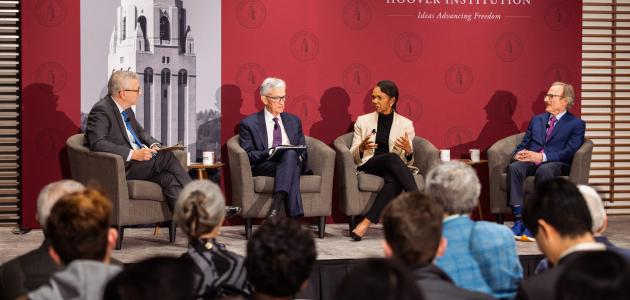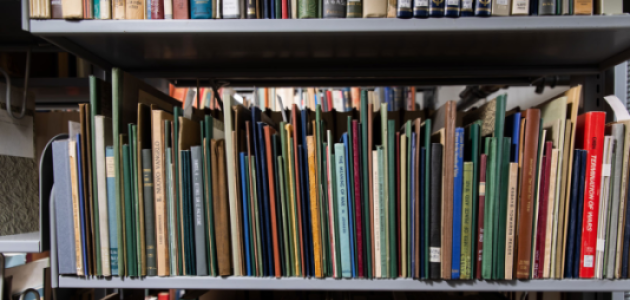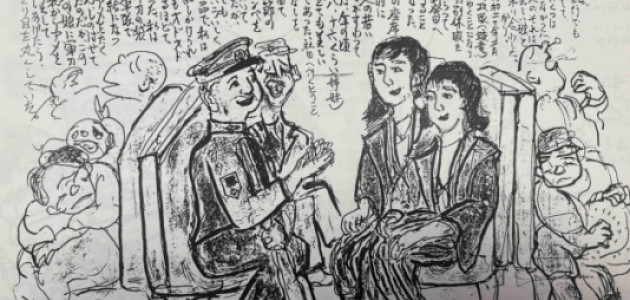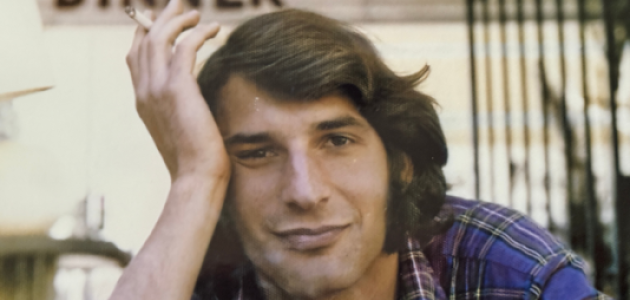Andrzej Dudzinski was born in 1945 in Sopot, a suburb of the city of Gdansk. He studied architecture at the Gdansk University of Technology and, later, interior design and graphic arts at the Gdansk State College of Visual Arts. Moving on to Warsaw, he studied in the Academy of Fine Arts in the studio of Henryk Tomaszewski, the father of the world-famous Polish poster school. While still a student, he began publishing drawings in magazines. From 1970 to 1972 Dudzinski lived in London and contributed to such periodicals as Ink, Oz, Frendz,and Time Out. After returning to Poland, Dudzinski quickly became popular thanks to his signature mascot, the wingless bird Dudi, whose nonconforming thoughts he published in Poland’s foremost satirical weekly Szpilki. He contributed also to other popular magazines, designed theater and film posters, illustrated children’s books, and worked in radio and television.
In 1977, Dudzinski was invited to an international design conference in Colorado; after the conference he stayed on in the United States, settling in New York, where he spent most of the next three decades. His move came at a time of increased economic and political turmoil in his homeland, turmoil that led to the formation of the Solidarity movement in 1980, which in turn contributed to the collapse of the communist regime in Poland and the eventual demise of the Soviet system in Eastern Europe a decade later. Dudzinski supported that movement from abroad. He provided a graphic commentary on some of the key events of those years, most frequently in the New York Times, where his works appeared under his name or the pseudonym Jan Kowalski. He also contributed his drawings to the Atlantic Monthly, the Boston Globe, Newsday, Newsweek, Rolling Stone, Vanity Fair, the Washington Post and Time, offering insightful illustrations for articles on a broad range of social, economic, political, cultural, and philosophical issues. In 2006, he received the W. & N. Turzanski Foundation Award.
In late 2007, Dudzinski liquidated his New York studio and chose the Hoover Institution, with its renowned library and archival holdings on Poland, as a repository for his graphic works.










